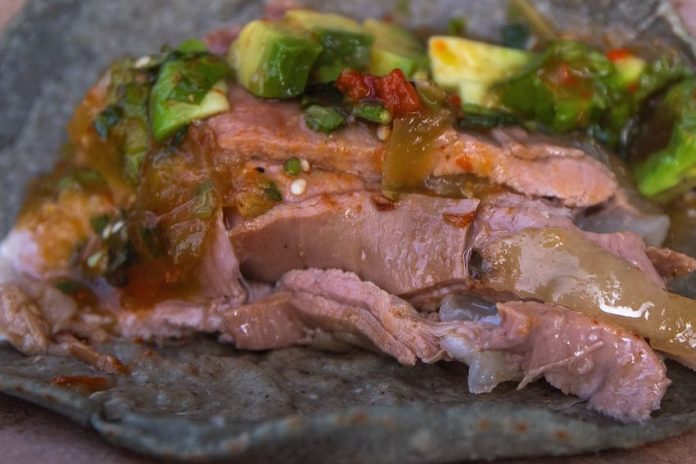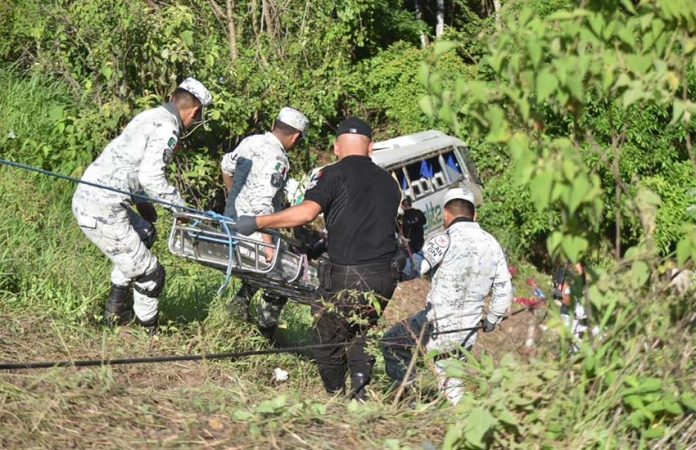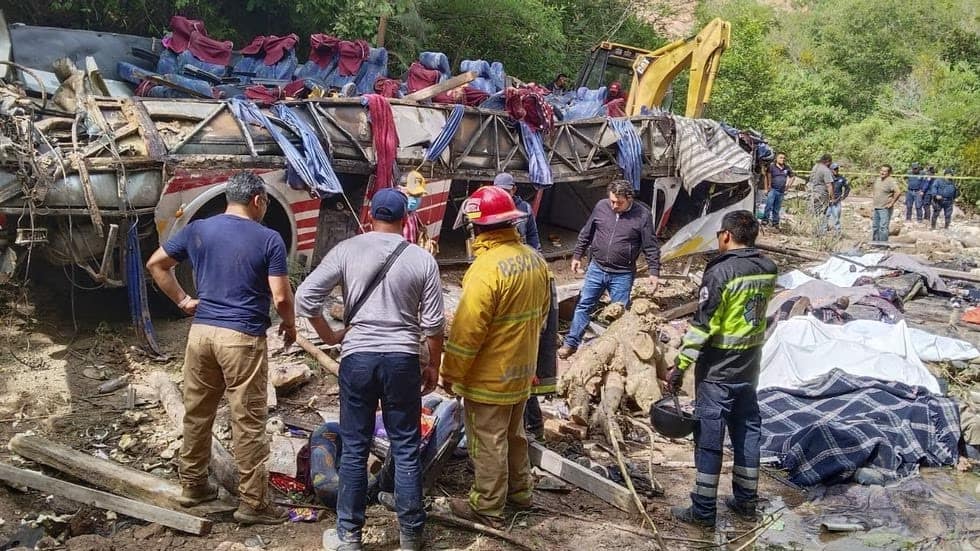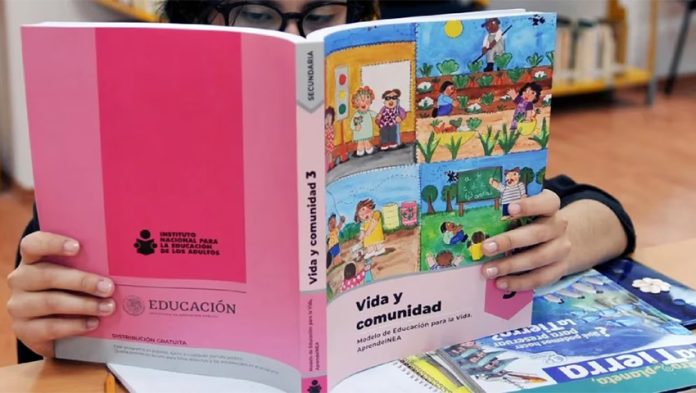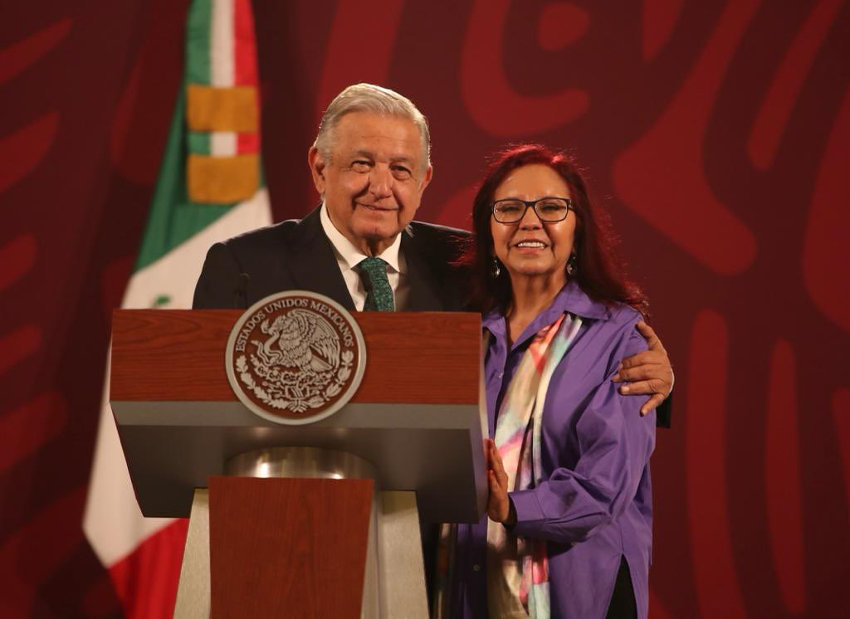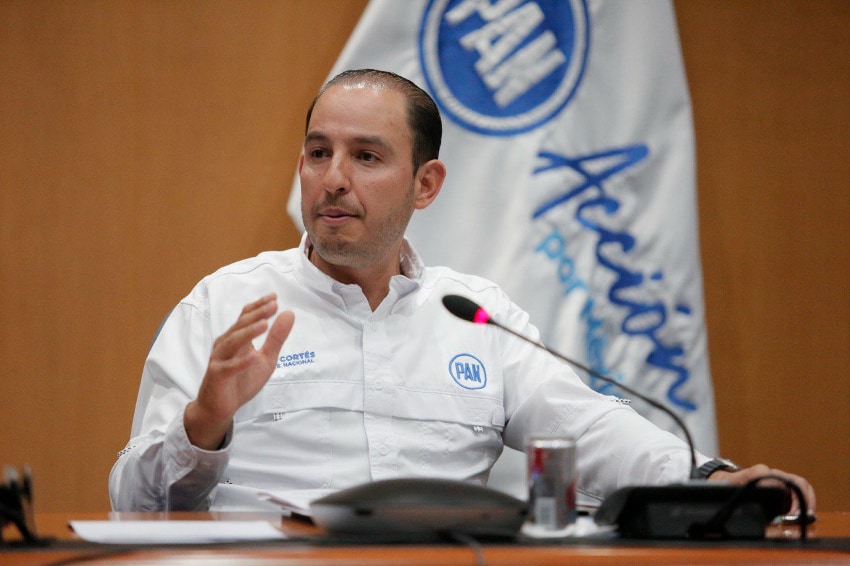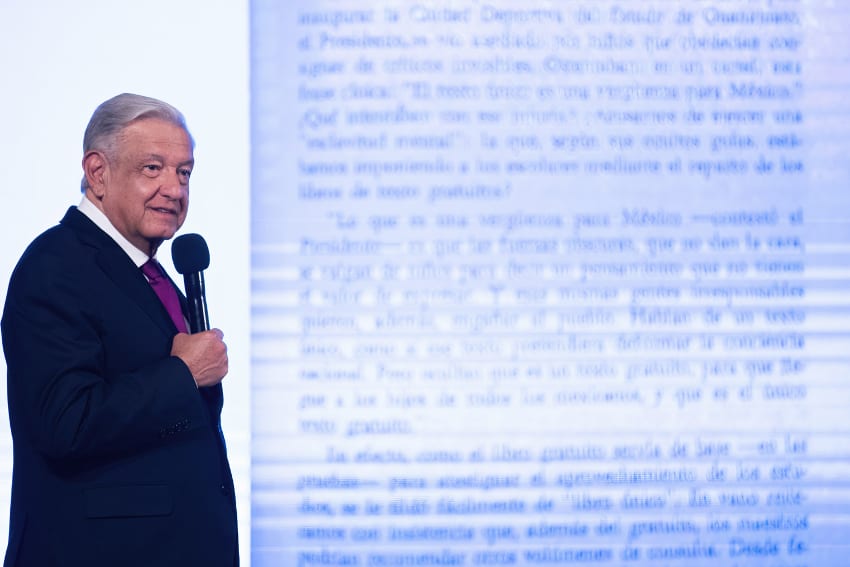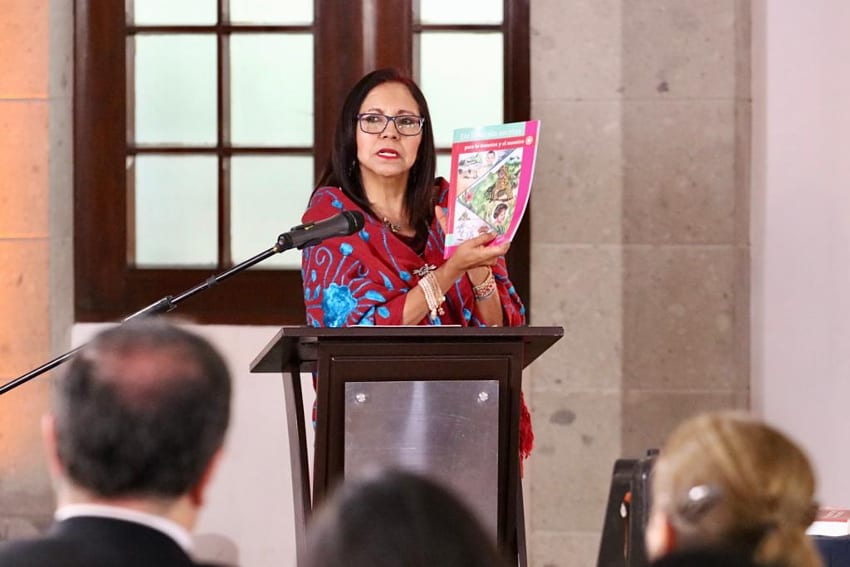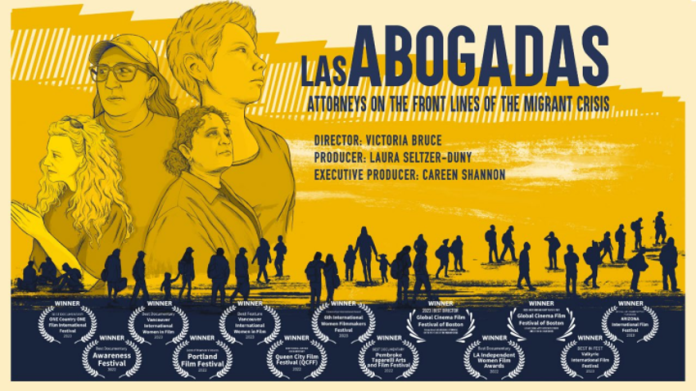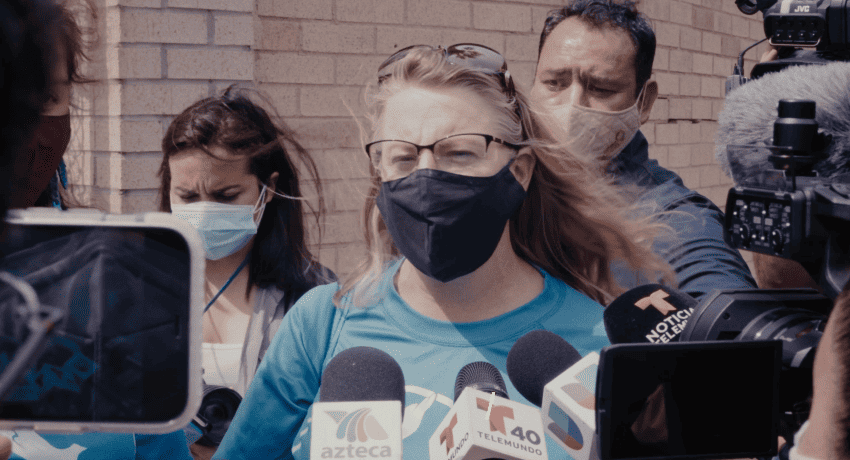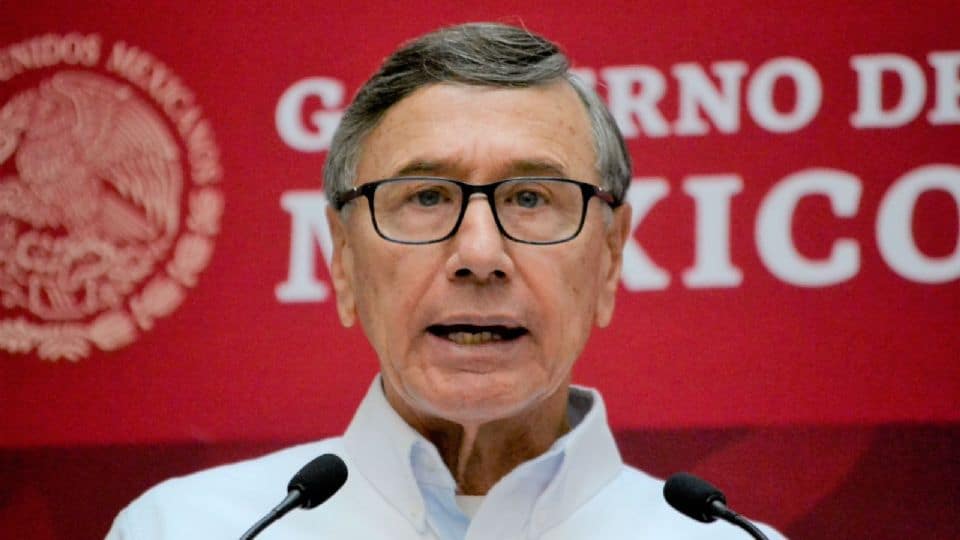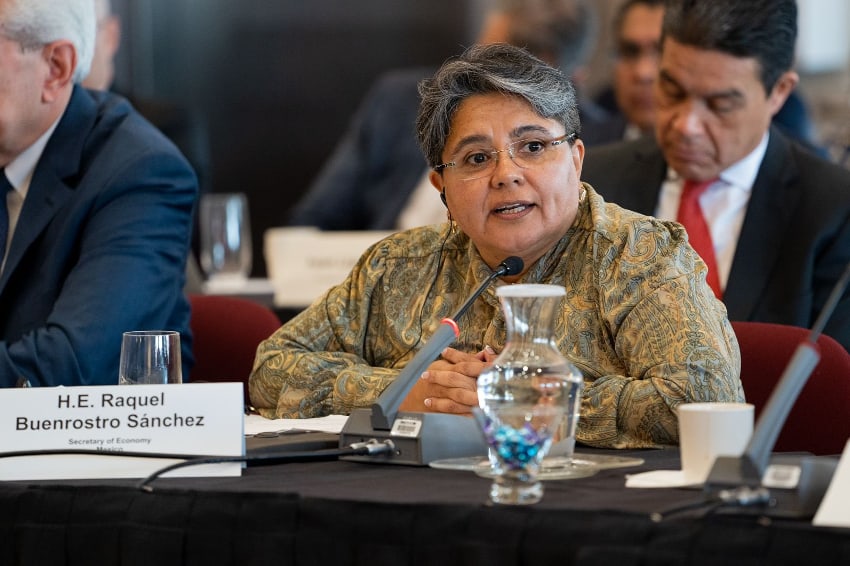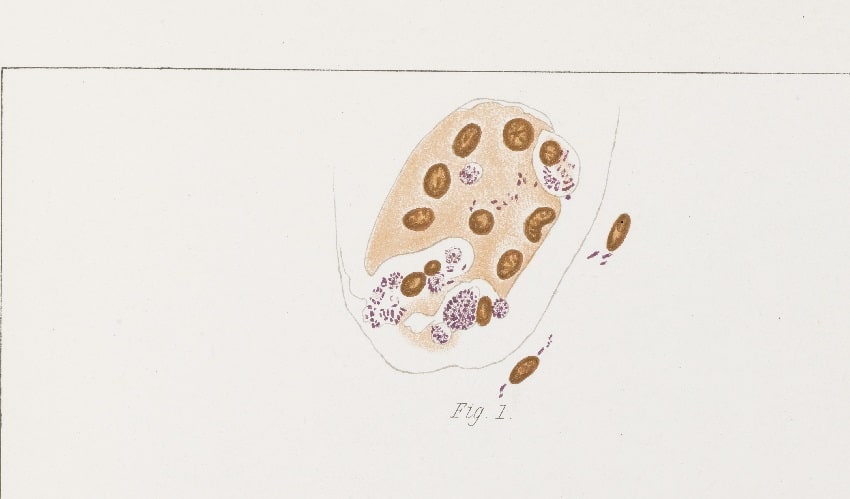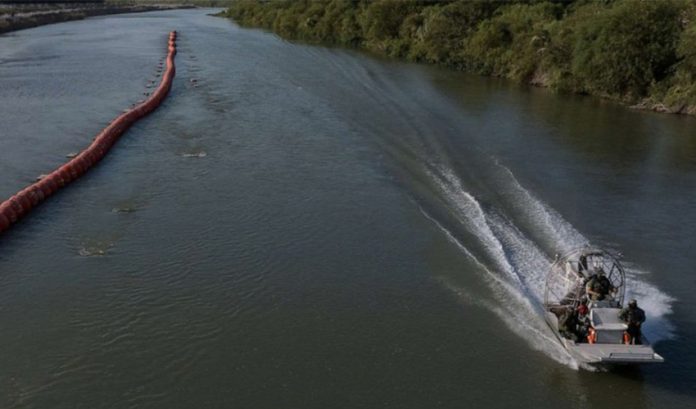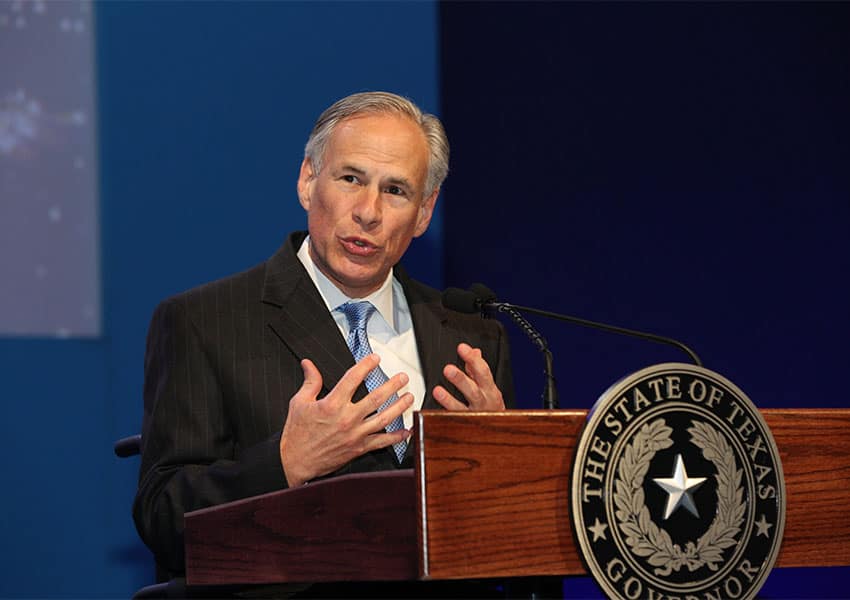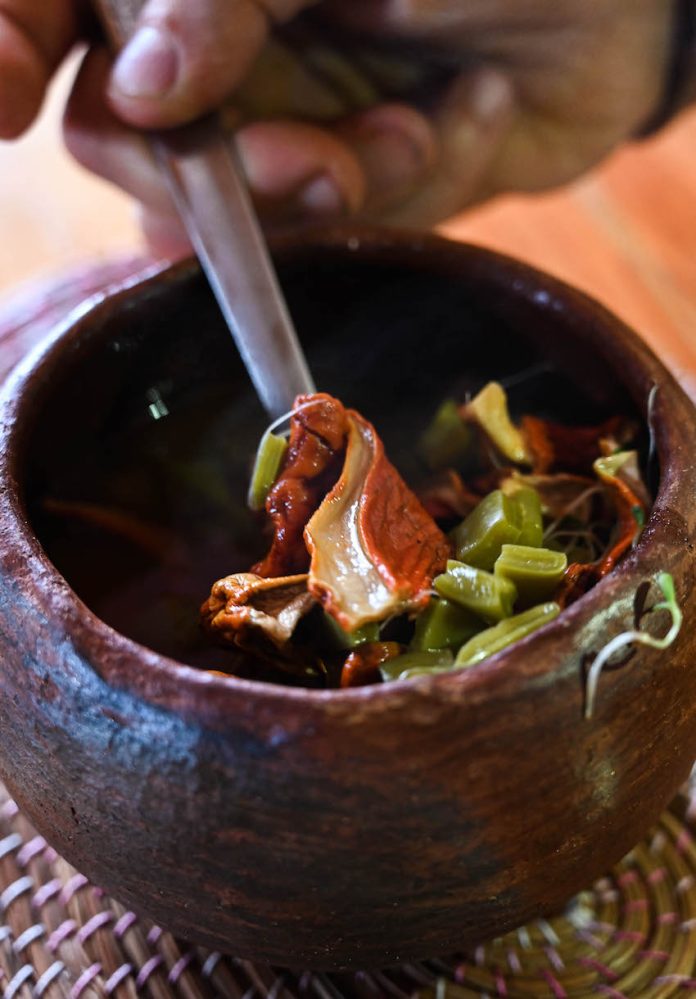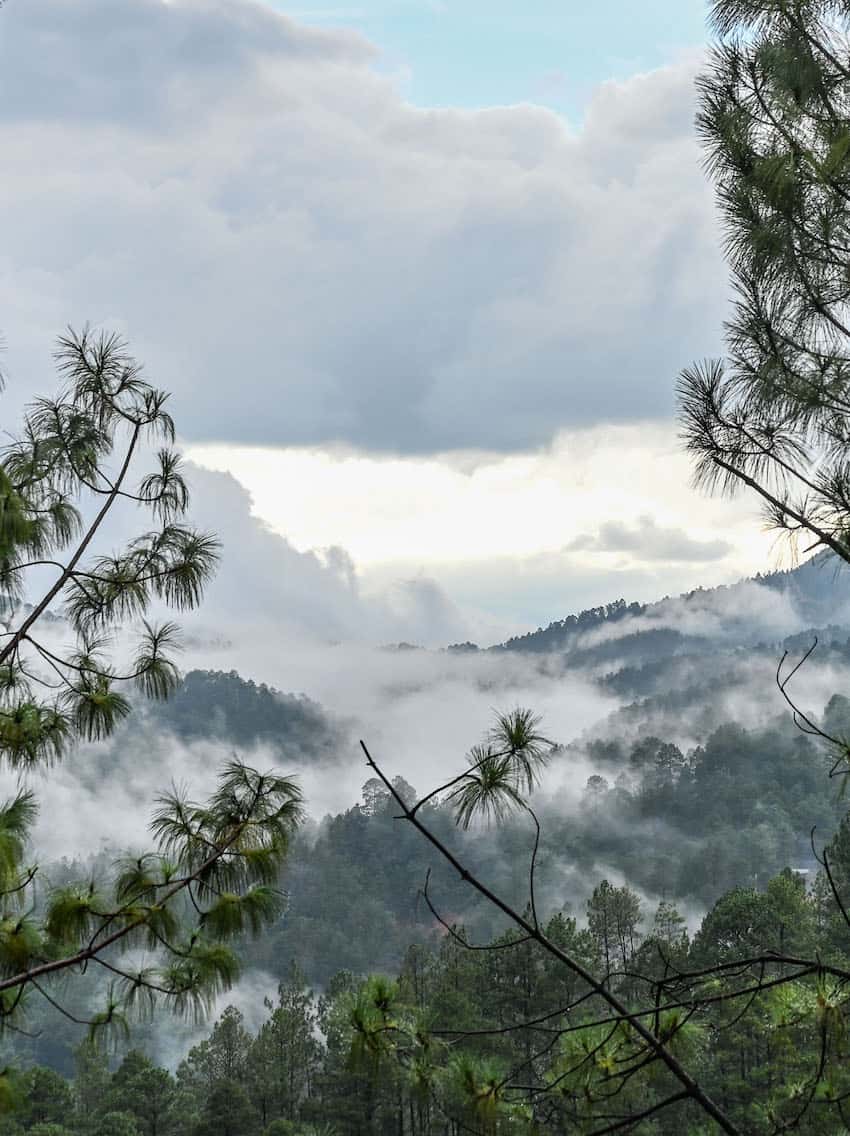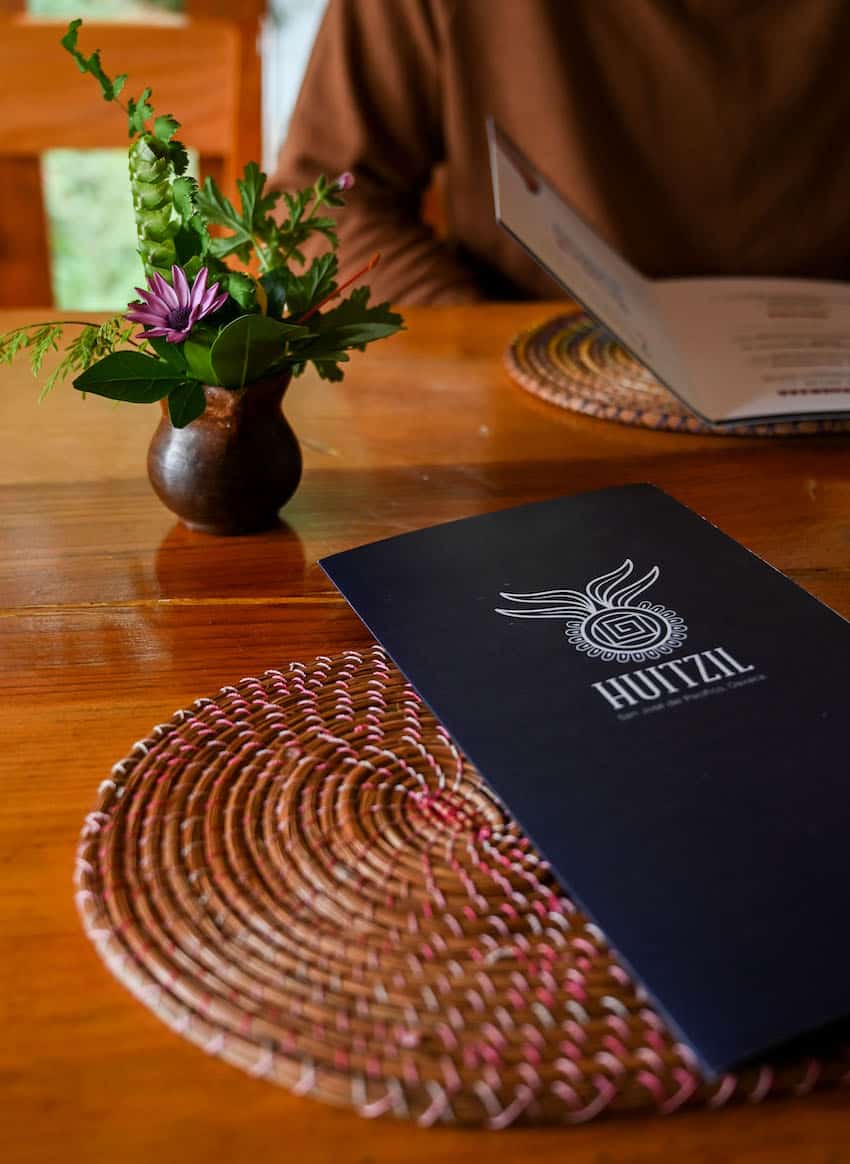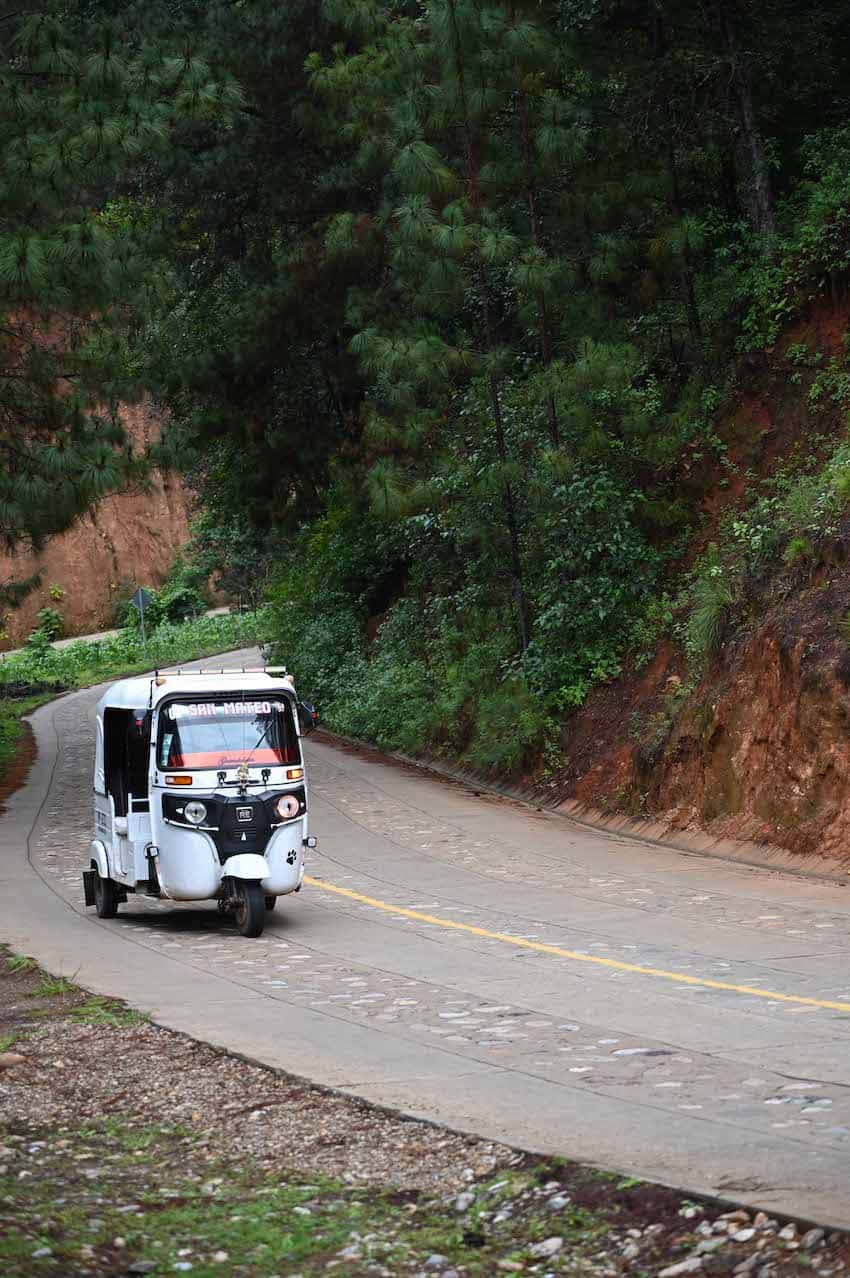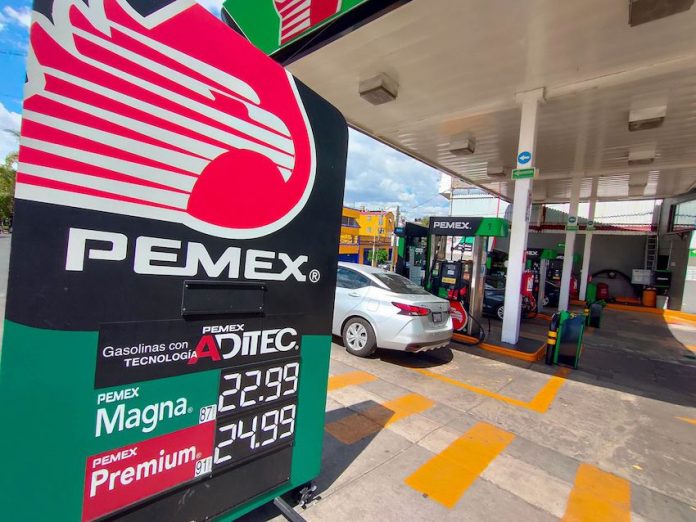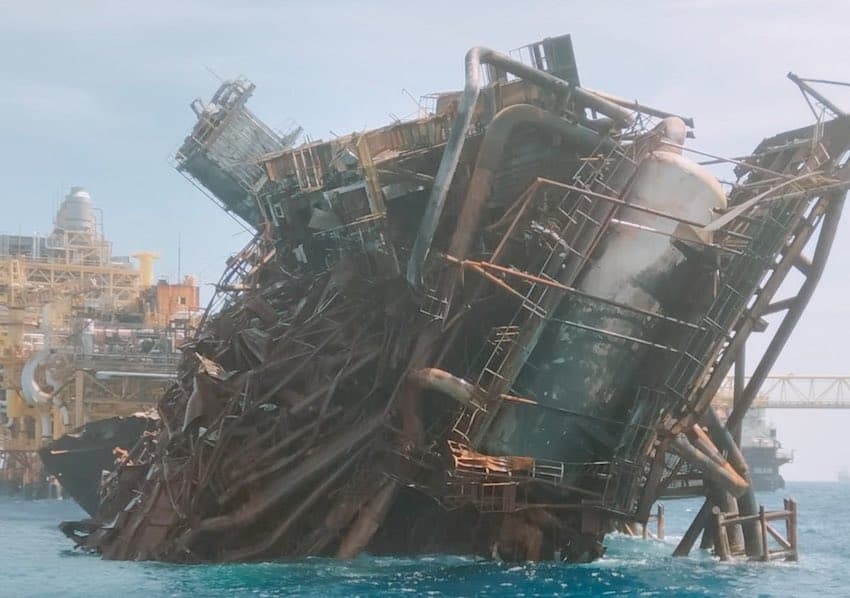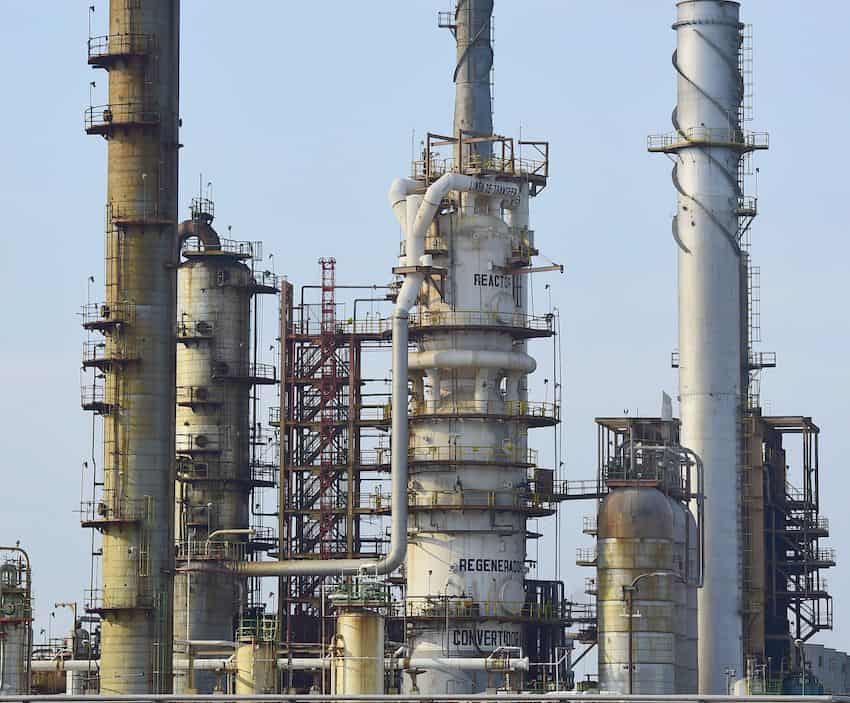The alternative news outlet Vice brought me to the municipality of Actopan in Hidalgo. How else would I know that a small city two hours north of the capital was home to the best tacos de barbacoa in the world?
I first saw them on Todos los Tacos, a Vice web series that was my crash course in Mexican street food. From there, my curiosity grew.
Part of the allure of these tacos — and barbacoa, more broadly — is that they’re regional. Other tacos are good too. I try not to argue with my chilango friends when they wax poetic about al pastor, but those are just not as special to me; you can get them pretty much anywhere. There’s more magic in the limited edition stuff. Like the McRib or a Shamrock Shake, you don’t know when you’ll get another chance.
You can imagine my delight when for the first time a few years ago, I happened on a roadside stand somewhere near Teotihuacán that was selling barbacoa tacos. After my first bite, I knew I’d found the one.
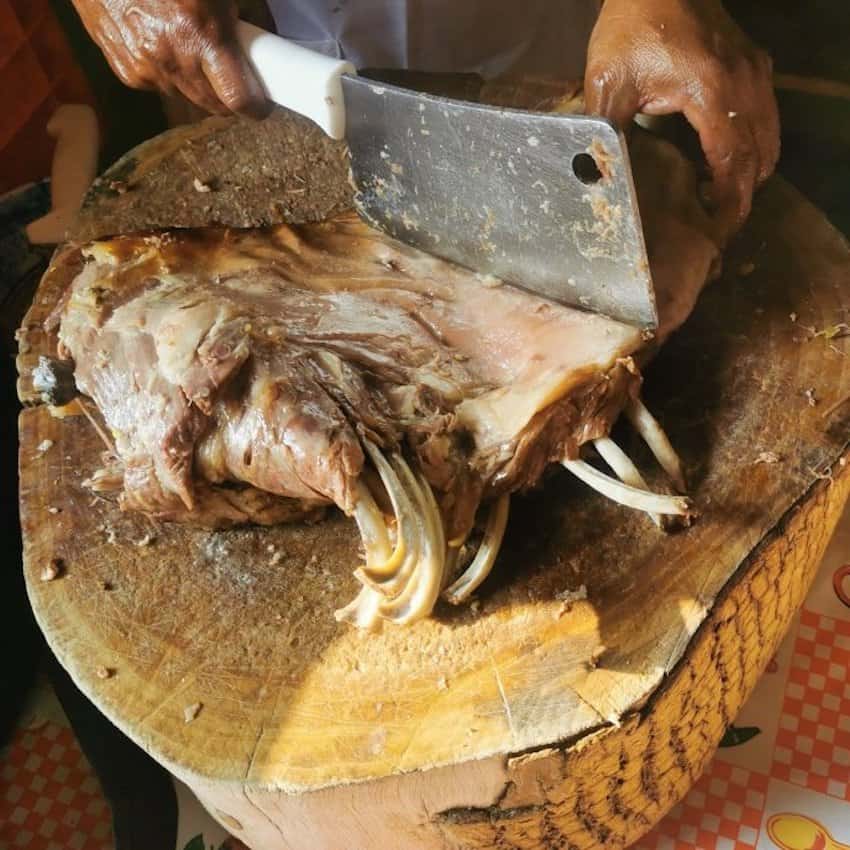
Years later, after unwavering devotion, I decided to make the pilgrimage. A flight from Mérida to Mexico City, a Metro ride to the Terminal Norte transport hub, a two-hour bus to Actopan, and a 20-minute walk into town. All for a festival in Mexico’s barbacoa mecca.
I wouldn’t necessarily recommend going to these lengths — particularly if you’re not as barbacoa-obsessed as I am — but if you happen to find yourself in Mexico City in early July and in search of an enticing half-day excursion, La Feria de Barbacoa y Ximbó in Actopan is an excellent bet.
When you arrive, walk or taxi into the center. You can’t miss the plaza. You’ll see tents and small crowds on their way there, but it’s hardly a throng or anything remotely overwhelming. Most of the festivalgoers are locals, and the city’s population barely surpasses 30,000.
It’s a quaint affair, and I don’t say that condescendingly. The streets in the town center are exceedingly walkable, and for the purposes of this festival, you won’t need to leave that area unless you’re checking out one of the sponsored concerts at the nearby municipal sports center. Again, though, a quick taxi ride or 30-minute walk really makes that a nonissue.
Meat and Drink
When it comes to trying the festival’s foods, the obvious starting point is the taco de barbacoa. Apart from its flavor — unctuous slow-cooked meat with just the right amount of fat; acidic salsa of onion, cilantro, tomato, habanero, and lime; and supple corn tortillas — it never leaves you feeling shortchanged.

The chunks of lamb and beef are generous. There’s weight to each serving — the tortilla on which it’s presented is always reinforced by another, like an edible, double-bagged meat grocery. It comes in variations as well, the straightforward order being res for beef or borrego for lamb. Within those cuts, you can mix and match different parts depending on how lean or fatty you want your taco.
If you’re feeling adventurous or have a diet that demands alternative protein, this festival covers those bases as well. Located on the fringe of the Mezquital Valley, Actopan actively preserves the region’s culinary heritage through the use of a number of edible insects that are considered delicacies in the region. These include escamoles (ant eggs), chicharras (cicadas), chapulines (grasshoppers) and chacas (beetles), though you’re bound to come across a few more variants.
To accompany these, it’s hard to top pulque. A traditional milk-colored alcoholic beverage made from the fermented sap of the agave plant, pulque is sweet and slightly thick. In its natural form, its alcohol content can give it a bit of a stronger flavor, though you’ll often see it served curado — with fruit or nut additives that lower the alcohol content and soften the blow.
Those looking to avoid alcohol completely might consider trying one of the many juices on offer that highlight the region’s produce. Two that caught my eye were tuna roja (red cactus pear) and xoconostle, a slightly more acidic cactus fruit. Usually, if you can’t pick just one, friendly local vendors are more than happy to let you sample and mix flavors until you find a concoction that suits you.
Everything Else
Once you’ve had your fill, stretch your legs and mosey around for a bit. A leisurely walk around town serves as a great way to burn off a few calories while taking in sites like the former convent of San Nicolas and the 8 de Julio open-air market.
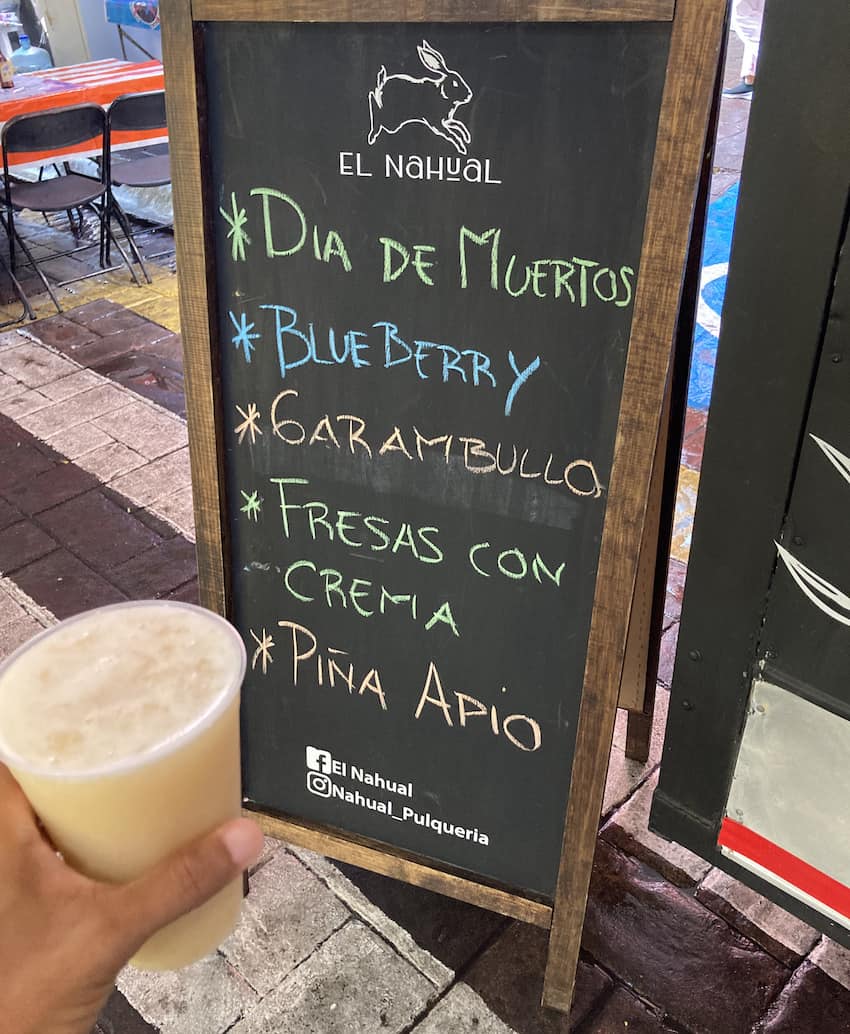
Apart from food, the tented areas are lined with artisanal goods, including handwoven bags, shirts, hats, and jewelry. There’s also a handful of vendors selling books, as well as enough dessert kiosks to satisfy just about any sweet tooth.
Actopan’s municipal government does a nice job of spotlighting local musical talent in a variety of choral and orchestral concerts spread out over the course of the festival. They take place in the main plaza as well as at the nearby Unidad Deportiva (the aforementioned municipal sports center), giving you more than enough ways to stay entertained.
Failing all that, if you happen to find yourself in town on the festival’s final day, check out the judging of the food you’ve traveled all this way for, in the annual barbacoa contest.
Evaluating dishes for presentation, flavor, aroma and texture, a panel of experts rate the region’s most acclaimed purveyors of barbacoa, conferring upon the winner first-place bragging rights and a lucrative cash prize. With so much on the line, you’ll be able to cut the tension with a knife, though one would hope that overnight slow-cooking renders that unnecessary.
Whether for the food, the music, the sights or the shopping, La Feria de La Barbacoa is sure to send you home satisfied, much like the hearty taco de barbacoa itself.
Ethan Jacobs is a freelance writer and writing coach based in Mérida. He has written extensively in narrative and short fiction formats, and his work has received recognition both domestically and internationally in microfiction, short fiction, and narrative essay formats.
